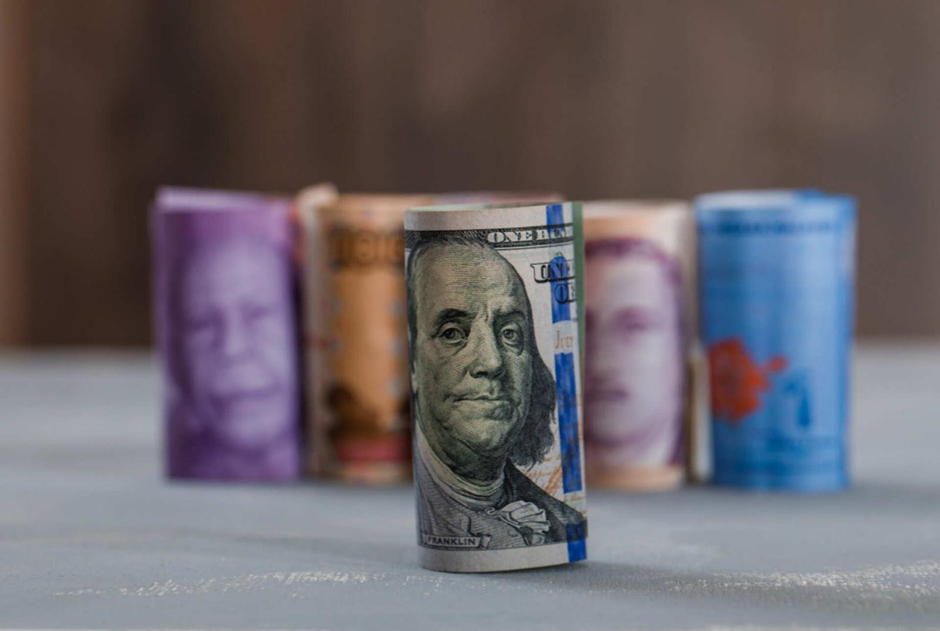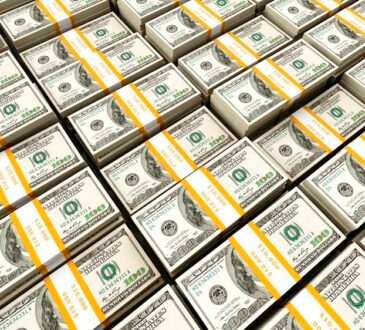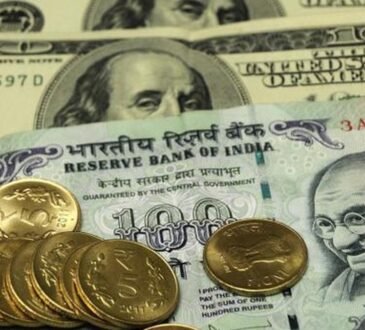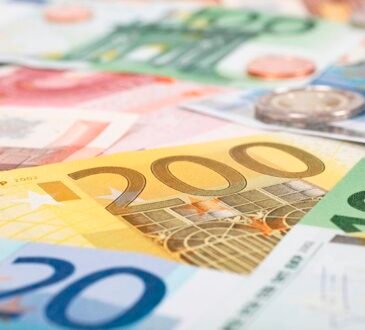
As the US heads to the polls in November, find out how investors’ uncertainty and other factors impact the US Dollar.
The United States of America heads into the year’s final months with one of its most important elections in history slated for Tuesday, 5 November 2024. While the candidates prepare for the ultimate showdown, investors watch the election’s impact on financial markets, especially the US dollar’s stability. The stakes are high for the US and the global economy, so all uncertainty around the election impacts investors’ decisions going into 2025.
The US Dollar in 2024
The dollar has endured an uptick in inflation in 2024 but has shown resilience as the Federal Reserve approaches its rate-cutting cycle. The currency declined by about 4% against a basket of major currencies since July 2024. It is down by 2.71% on the yearly chart and trading at the lower end of its trading range. The decline in the value is largely caused by market expectations of lower interest rates, which generally weaken the currency’s value.
Despite the increased inflation, the Federal Reserve showed caution with aggressive rate hikes, resulting in a mixed dollar outlook. The yield differential of the US government bonds and bonds of other economies has also tightened significantly. The election ahead will influence expectations for dollar online trading rates for the end of the year.
US wholesale prices remained unchanged in September, while consumer prices rose 0.3% in the same month. Weekly jobless claims surged, showing weakness in the labor market, and analysts expect Hurricanes Milton and Helen to impact data for the next few weeks. The currency and bonds market will react to changes in key economic indicators in the coming weeks as investors’ uncertainty heightens.
Uncertainty Fuels Market Indecision
Political stability is crucial to economic development and is a key consideration for investors before buying dollar and dollar-denominated assets. The pre-election market reflects increased volatility as traders anticipate potential winners and their financial impact. Investors generally follow opinion polls, expert analysis, campaign events, and the policies that candidates promise. This results in currency fluctuations as traders take up positions to hedge their trades and gain an advantage if a particular candidate wins.
Candidates proposed economic policies change markets and are the most significant factors influencing pre-election markets. Policies related to trade, taxation, and fiscal spending can affect the local economy, which in turn affects currency values.
The situation in the Middle East, the Russia-Ukraine war, and trade tensions with China are essential geopolitical factors investors consider as the US votes for its next President. The markets remain uncertain with increased scrutiny of political issues such as war aid from the US government, public borrowing, government spending, and the strain it puts on America’s public debt.
How Uncertainty Impacts the US Dollar Stability
As previous data shows, the dollar typically experiences initial weakness during election periods. Market uncertainty normally results in increased volatility and volume as investors move funds around, either increasing the trading volume into the dollar or removing funds to safer investments until the market recovers post-election. The currency also becomes more sensitive, as minor changes in political rhetoric could trigger significant changes in its value.
Changes in the dollar’s demand and supply will also impact its value, especially during election season. The dollar supply peaked in February 2024 at 5.9M USD million but gradually declined to 5.67M USD million in August 2024. Increased monetary supply often weakens a currency and impacts market sentiments, driving investors to seek safer assets with scarce supply.
The dollar also faces increased opposition as the dominant currency in global trade. More countries are showing interest in alternative currencies, such as the Russian Ruble, the Indian Rupee, and the Chinese renminbi, which impact the dollar demand and value.
Potential Impact of the 2024 Election
As investors adjust to the US election result, November will be a pivotal month for the global markets. Whoever wins will have their work cut out to reduce government spending, push inflation to the target rate, and strengthen the dollar against the other major currencies.
A win for the Republican candidate, former President Trump, may see his stance on increased import tariffs trigger a rally for the dollar. Historical data from his first term as President shows that the dollar strengthened following his victory in 2016, as investors grew confident in his policies.
The Democratic candidate, Vice President Harris’s tax proposals will see the US government earn more from raising tax rates for long-term capital gains and corporate income.
Vice President Kamala Harris wants to raise the long-term capital gains tax rate to 28% for households earning more than $1 million annually, up from the current 20% rate. This tax applies to assets held for over a year, like stocks or property. She also plans to increase the net investment income tax (NIIT) from 3.8% to 5% for those with a modified adjusted gross income above $200,000 for single filers or $250,000 for married couples.
These tax proposals could cause initial uncertainty and impact the market in different ways, including reducing stock market exposure or shifting funds to assets with different tax treatments. However, supporters of the proposal argue that the additional revenue could be used to invest in programs that support American innovation and small businesses, which might eventually benefit the economy in the long run.
Trading Strategies for Uncertain Markets
Position trading and short-term scalping are common practices in uncertain markets with varying volatility. Investors must carefully assess opportunities, use risk management when trading, and diversify assets among various classes to limit exposure to market volatility. They must also remain agile to adapt quickly to market changes and leverage speed to gain an edge. Finally, it is important to keep up with market sentiments and economic data to gain insights into the dollar’s value.





